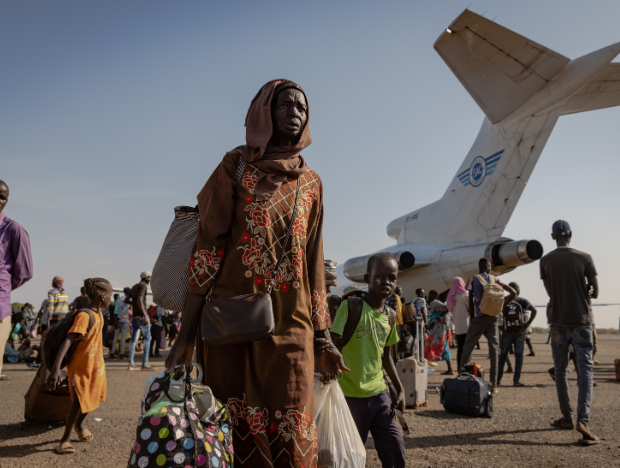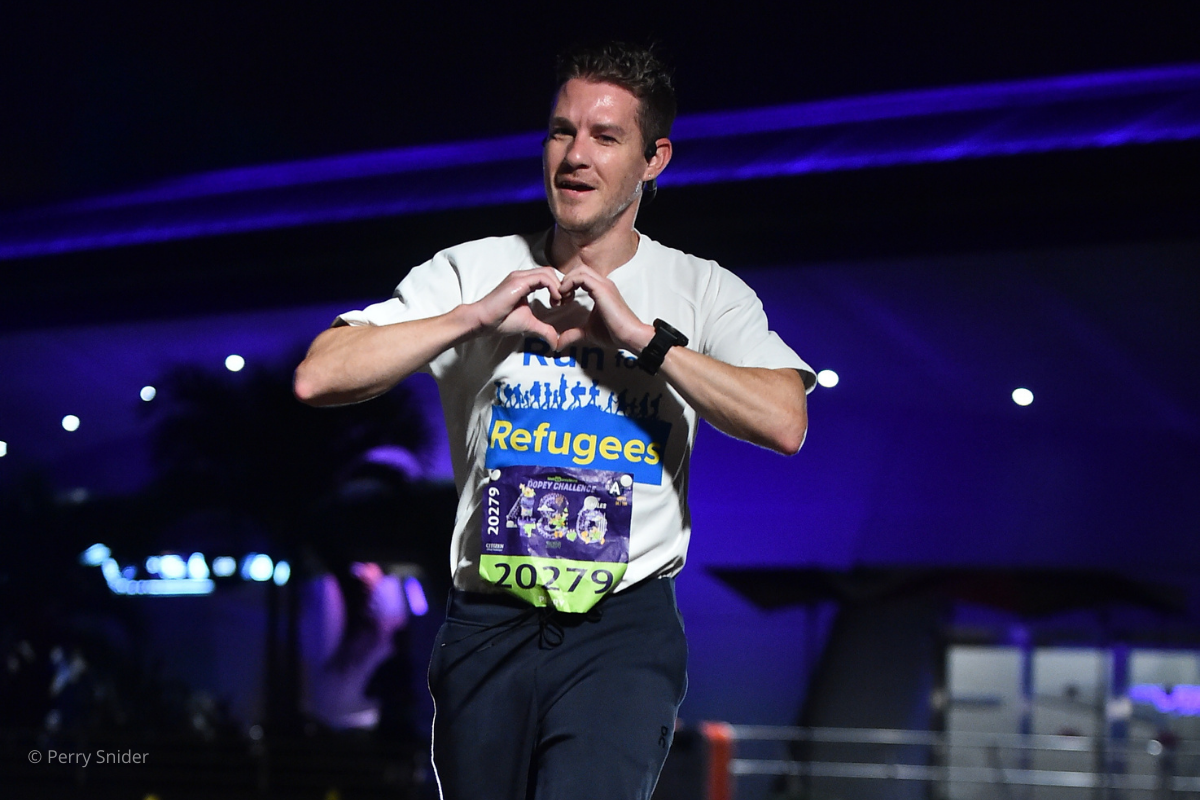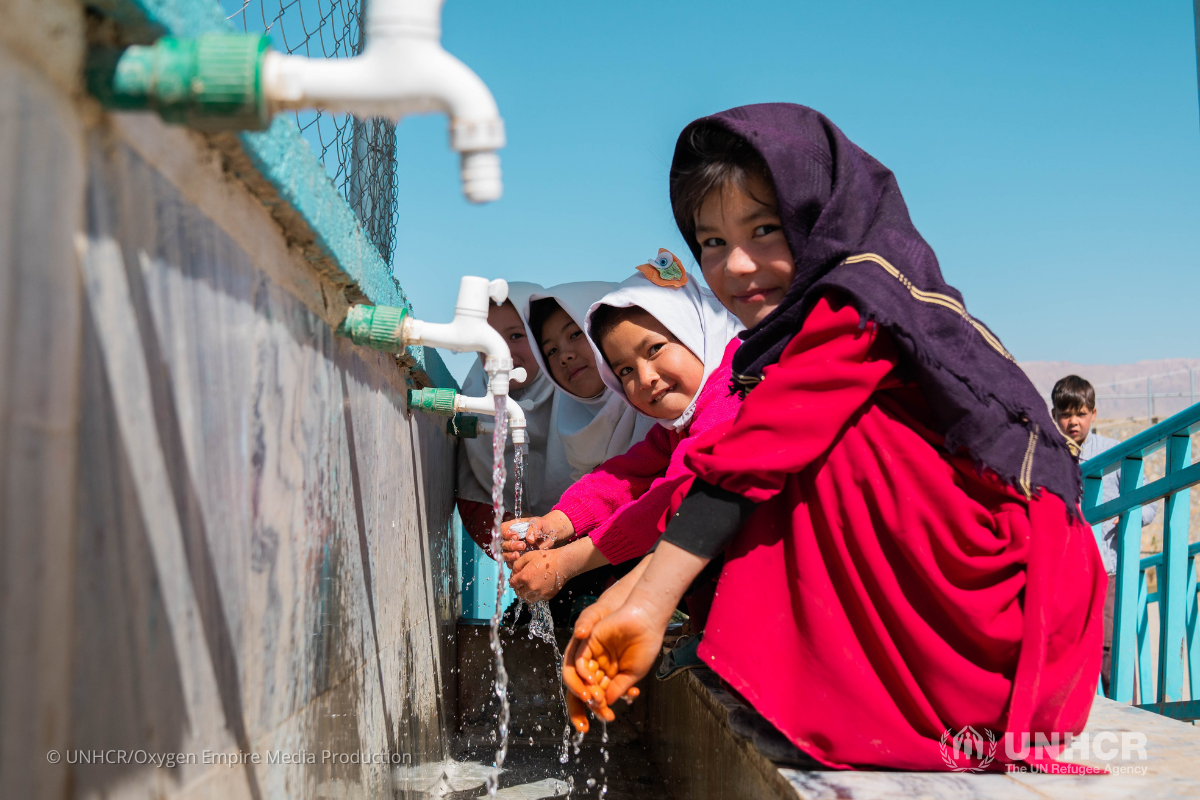Democratic Republic of the Congo Refugee Crisis Explained
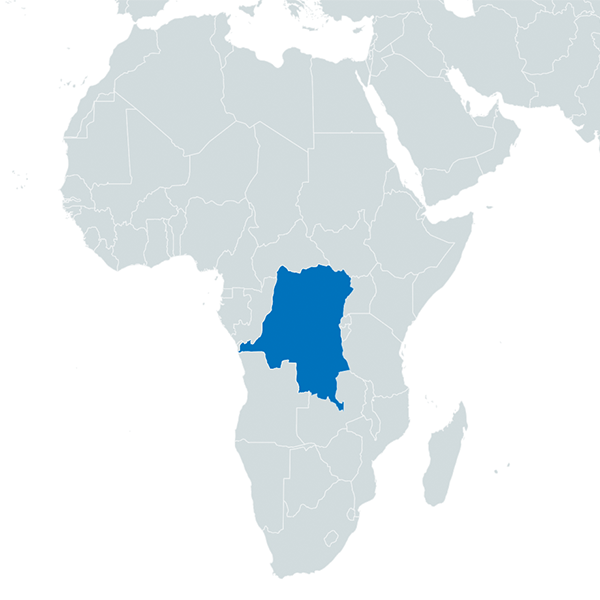 The displacement situation in the Democratic Republic of the Congo (DRC) is the most complex and long-standing humanitarian crisis in Africa and the fourth largest internally displaced persons (IDP) crisis in the world. Fighting has been ongoing since the DRC gained its independence in 1960, and the country currently hosts more than half a million refugees and 6.2 million IDPs - the largest IDP population in Africa.
The displacement situation in the Democratic Republic of the Congo (DRC) is the most complex and long-standing humanitarian crisis in Africa and the fourth largest internally displaced persons (IDP) crisis in the world. Fighting has been ongoing since the DRC gained its independence in 1960, and the country currently hosts more than half a million refugees and 6.2 million IDPs - the largest IDP population in Africa.
Here’s What You Need to Know:
1. What is causing internal displacement within the DRC?
3. Where are refugees from the DRC going?
4. Who is most vulnerable during this crisis?
5. What is UNHCR doing to help?
1. What is causing internal displacement within the DRC?
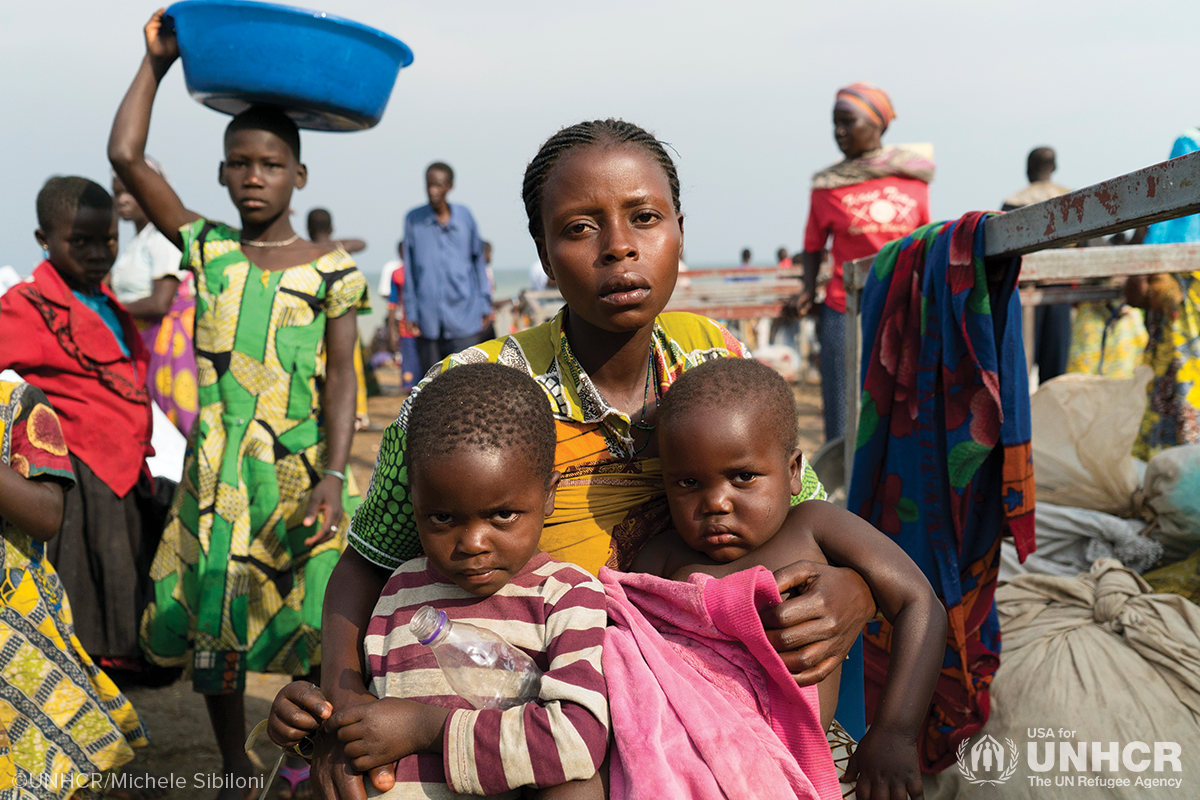
In 2022, insecurity in the DRC was exacerbated by a spike in violence in the eastern provinces of Ituri, North Kivu and South Kivu — internally displacing hundreds of thousands of people and claiming the lives of many more. More than 6.2 million people are displaced within the country and more than 1 million Congolese have sought asylum, mostly within Africa. At the same time, the DRC hosts more than half a million refugees from neighboring countries, three-quarters of whom live outside refugee camps and settlements.
Ongoing fighting, that began in October 2023, between the Congolese army and non-state armed groups in eastern DRC continues to displace populations in North Kivu, South Kivu and Ituri, where over 7 million people are affected by the conflict. As of early December 2023, more than 450,000 civilians have been displaced in Rutshuru and Masisi territories in North Kivu Province.
The severity of the crisis is further exacerbated by the limited humanitarian access to those in dire need, primarily due to the obstruction of major routes. Cut off from essential humanitarian aid, approximately 200,000 internally displaced people are currently stranded.
2. Who is fleeing to the DRC?
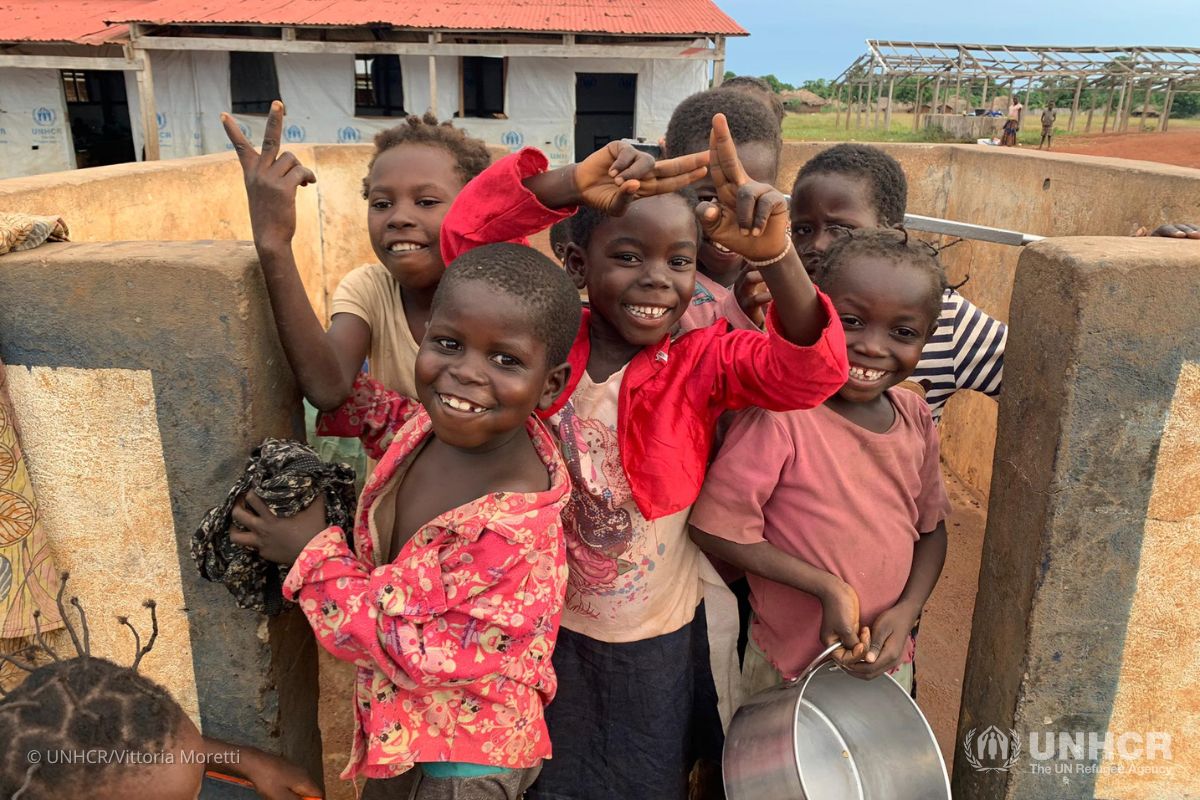
The DRC hosts more than 522,000 refugees and asylum seekers from neighboring countries. They include individuals from Rwanda, the Central African Republic, South Sudan and Burundi. Over fifty percent of these refugees are women and children.
3. Where are refugees from the DRC going?
Millions have been forced to flee their homes but remain within the country, while more than one million people have fled to neighboring countries, such as Uganda, South Africa, Burundi, Tanzania, Zambia and Angola. At the beginning of this year, approximately 487,000 Congolese sought refuge in Uganda.
4. Who is most vulnerable during this crisis?
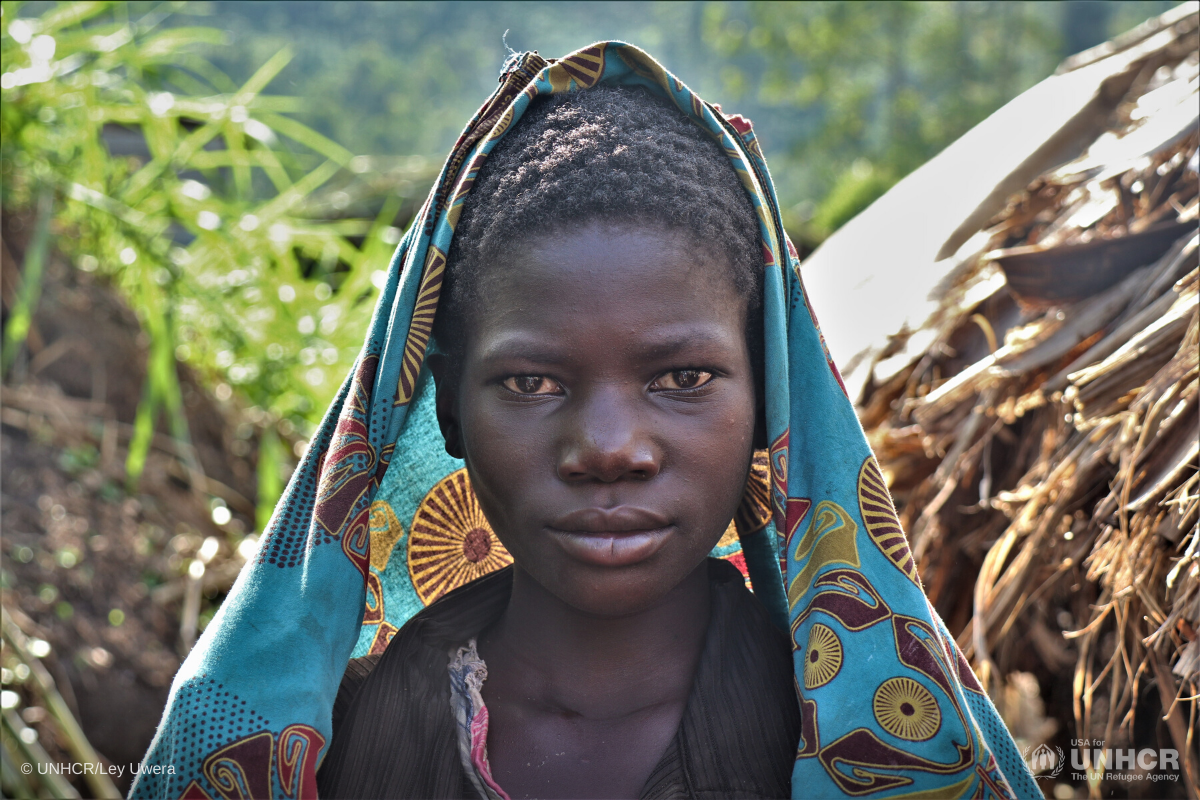
Women and girls are especially vulnerable during this crisis, facing sexual and gender-based violence, and in some cases have engaged in transactional sex in order to address food insecurity. All displaced children in the DRC have lost at least a year’s worth of schooling.
Food insecurity is an issue of increased concern due to limited wartime access to farming land, and many displaced people are living in makeshift housing inadequate for extreme weather. While UNHCR is on the ground working to support displaced populations, these conditions cannot be fully addressed until the conflict ends. Gillian Triggs, UNHCR Assistant High Commissioner for Protection notes, “In the absence of peace, the compounded risks faced by displaced people will continue to multiply.”
5. What is UNHCR doing to help?
UNHCR protects the physical and mental welfare of the displaced communities it serves, ensuring that those who have been forced to flee in the DRC have access to psychosocial care, medical care and shelter.
UNHCR also maintains sanitation and quality of living standards in camps and settlements for displaced communities, which includes constructing community kitchens, installing water and sanitation infrastructure, and providing blankets, cooking pots and menstrual products.
Recognizing the specific risks faced by displaced women and girls, UNHCR also coordinates a protection response tailored to their needs as well as those of the elderly and other groups with unique situations.
Millions in the DRC need your help…
UNHCR is on the ground providing lifesaving humanitarian support to millions of IDPs and refugees in the Democratic Republic of the Congo. However, they need your help. Becoming a monthly donor is the most efficient and effective way to help those fleeing conflict. Make a difference in the lives of refugees by becoming USA for UNHCR’s newest monthly donor.
